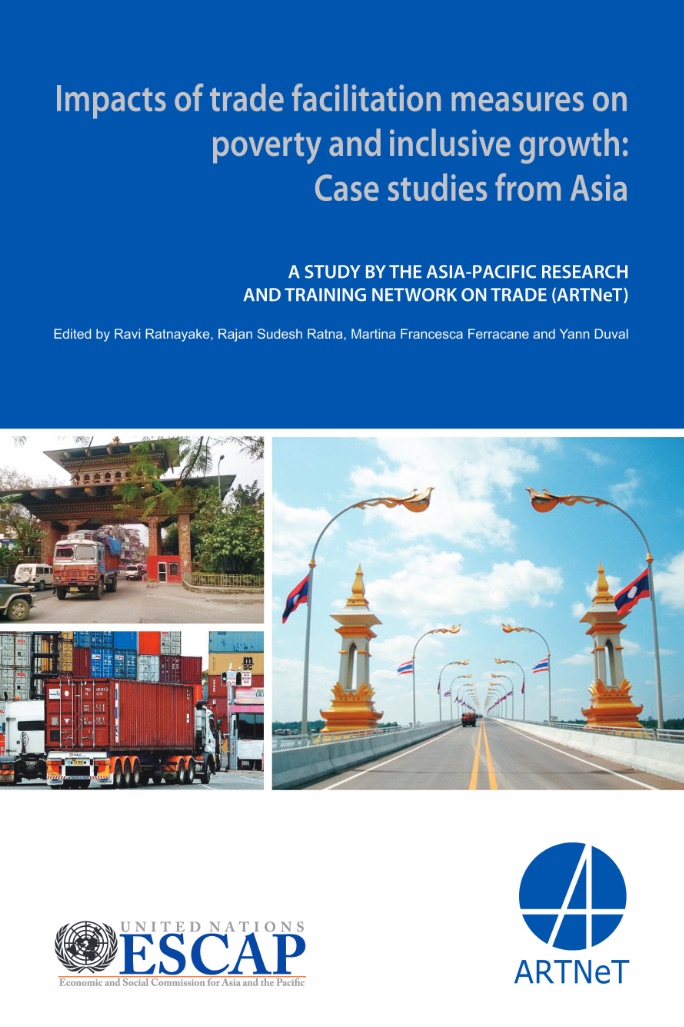Impacts of trade facilitation measures on poverty and inclusive growth: Case studies from Asia

International trade has been the main engine of economic growth for the majority of economies in the Asia-Pacific region, enabling them to significantly reduce poverty during the past two decades. In the long term, trade liberalization is likely to foster improvements in technology, foreign direct investment (FDI), business networks, competition as well as efficient and cost-effective production, all of which go a long way towards promoting economic growth. In turn, economic growth is regarded as a key determinant of sustained poverty alleviation. The rapid growth of the Asia-Pacific region since the 1950s has been supported by a favourable external economic environment and the opportunities arising from globalization. However, the 2008 global economic crisis exposed the vulnerability of the region to external shocks originating (at least initially and in a greater intensity) from outside the region. The crisis had significant effects on exports and growth prospects and, in some cases, the progress made in poverty reduction. While the region has recovered from the crisis it has not yet reached the pre-crisis growth rate; therefore, the new growth and poverty reduction drivers need to be found in order to reduce such exposure in the future...
